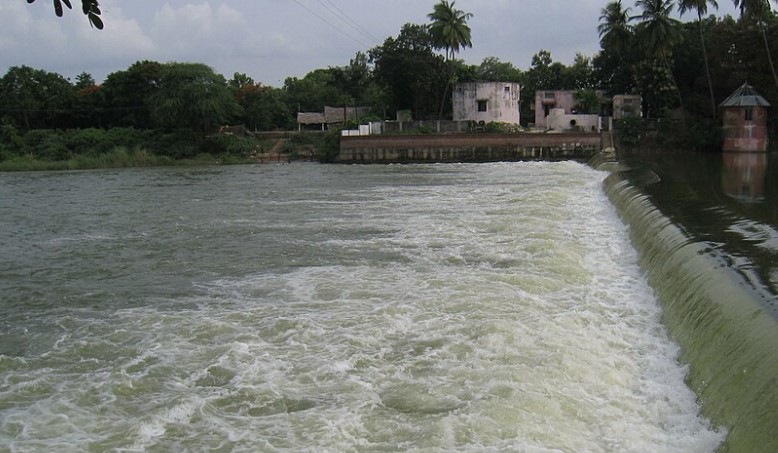This is the 205th Thevaram Padal Petra Shiva Sthalam and the 88th shrine located on the southern banks of the Cauvery River in Chozha Nadu.
The revered Moovar has composed hymns in praise of Lord Shiva at this temple.
It is situated within the Thiruvarur Thiyagarajar temple complex, also known as the Achaleswarar Temple or Araneriappar Temple.
PURANIC SIGNIFICANCE:
The Story of Naminandhi Adigal
Naminandhi Adigal, a devotee from Emapur near Thiruvarur, worshipped Lord Shiva at this temple daily. During his time, Jainism was at its peak.
The Lamp Dilemma
One evening, Naminandhi Adigal arrived at the temple to find that the lamps were running low on oil and were about to extinguish. Realising it would take time to fetch oil from home, he sought oil from nearby Jain households but was met with mockery. They taunted him, saying, “Why do you need light when Lord Shiva dances with flames in His hands? Just light the lamps with water!”
Divine Instruction
Desperate, Naminandhi Adigal prayed to Lord Shiva for guidance. A divine voice instructed him to pour water from the temple tank into the lamps. Following this instruction, he poured water from the Sangu Theertha Tank, and to his amazement, the lamp blazed even brighter than before.
A Miraculous Illumination
He proceeded to light all the lamps with water, and the temple was illuminated like sunlight. This miracle drew the attention of the Chozha King, who honoured Naminandhi Adigal and organised numerous functions at the temple.
Revered Legends
This legend is referenced in the hymns of Thirunavukkarasu Swamigal regarding the Thiruvarur Temple.
Historical Significance
Thirunavukkarasu Swamigal has sung praises of Lord Shiva in this temple, indicating its existence during the 6th to 7th century, with further expansions during the Chozha period. Inscriptions from the temple belong to several Chozha kings, including Rajaraja Chozha I, Rajakesarivarman, Madurai Konda Rajakesari Varman, and Vijayanagara King Veerabhupathi Udayar.
People Who Worshipped Here:
It is believed that many saints, including Seruthunai Nayanar, Kalarsinga Nayanar with his wife, Naminandhi Adigal, Thirunavukkarasu Swamigal, Thirugnanasambandar, Sundarar with Paravai Nachiyar, and Cheraman Peruman, worshipped Lord Shiva at this temple.
ADMINISTRATION:
The administration of the Araneri Achaleswarar Temple is typically referred to as the Temple Trust or Temple Committee. In some cases, it may also be called the Devasthanam or Endowment Board, depending on the specific governance structure in place.
dfd69f.jpg)

